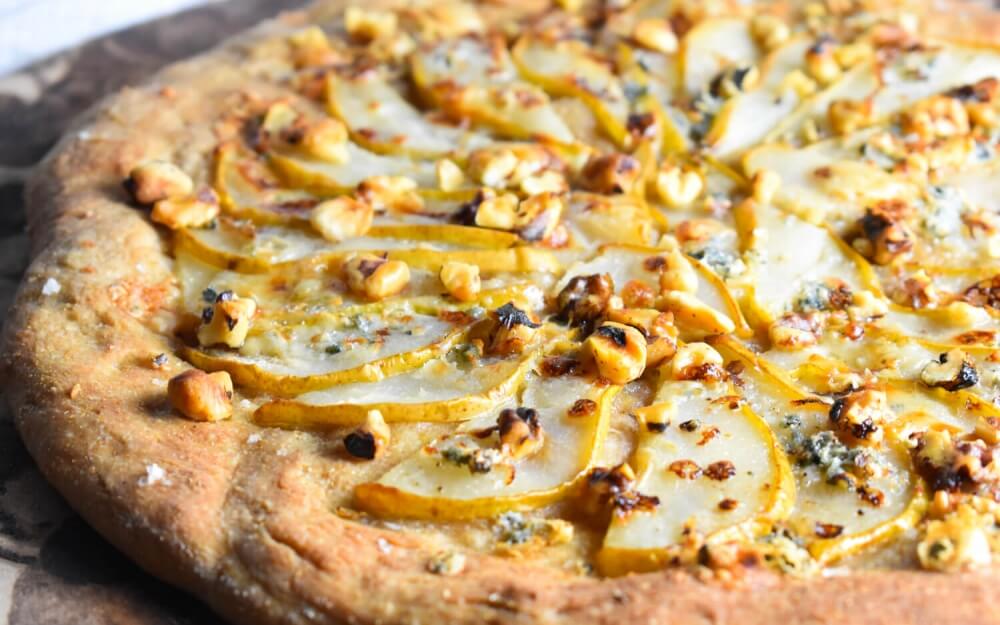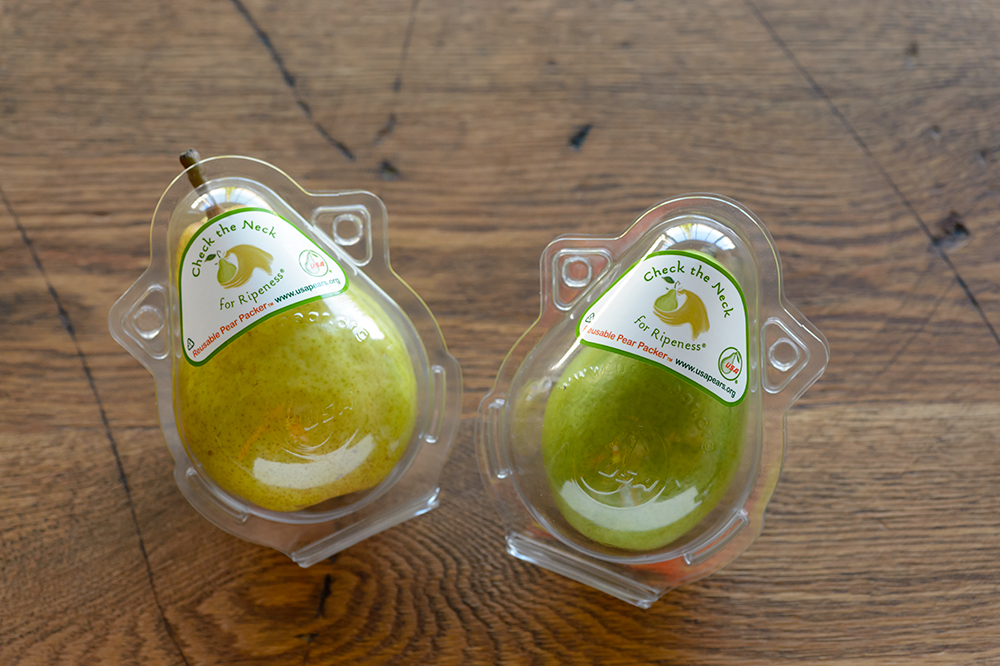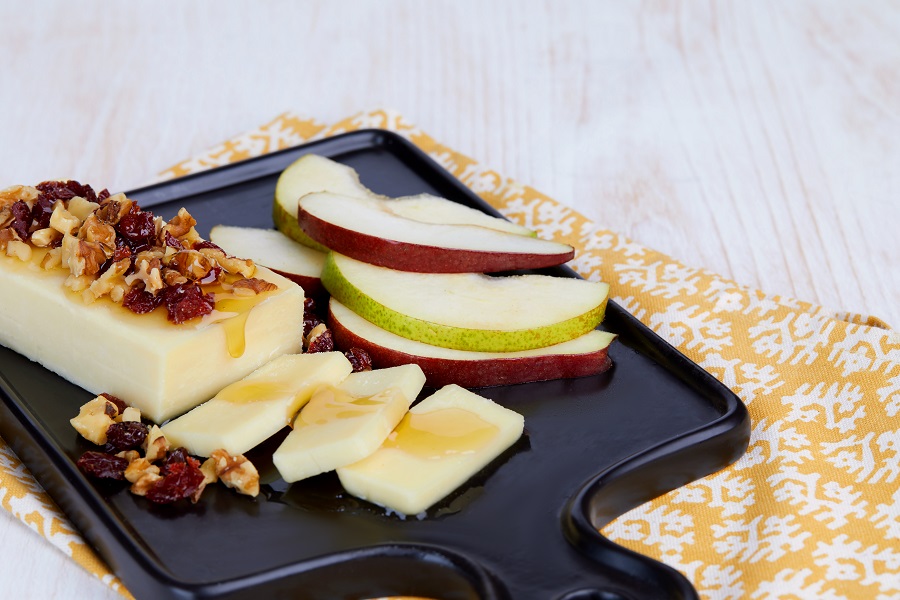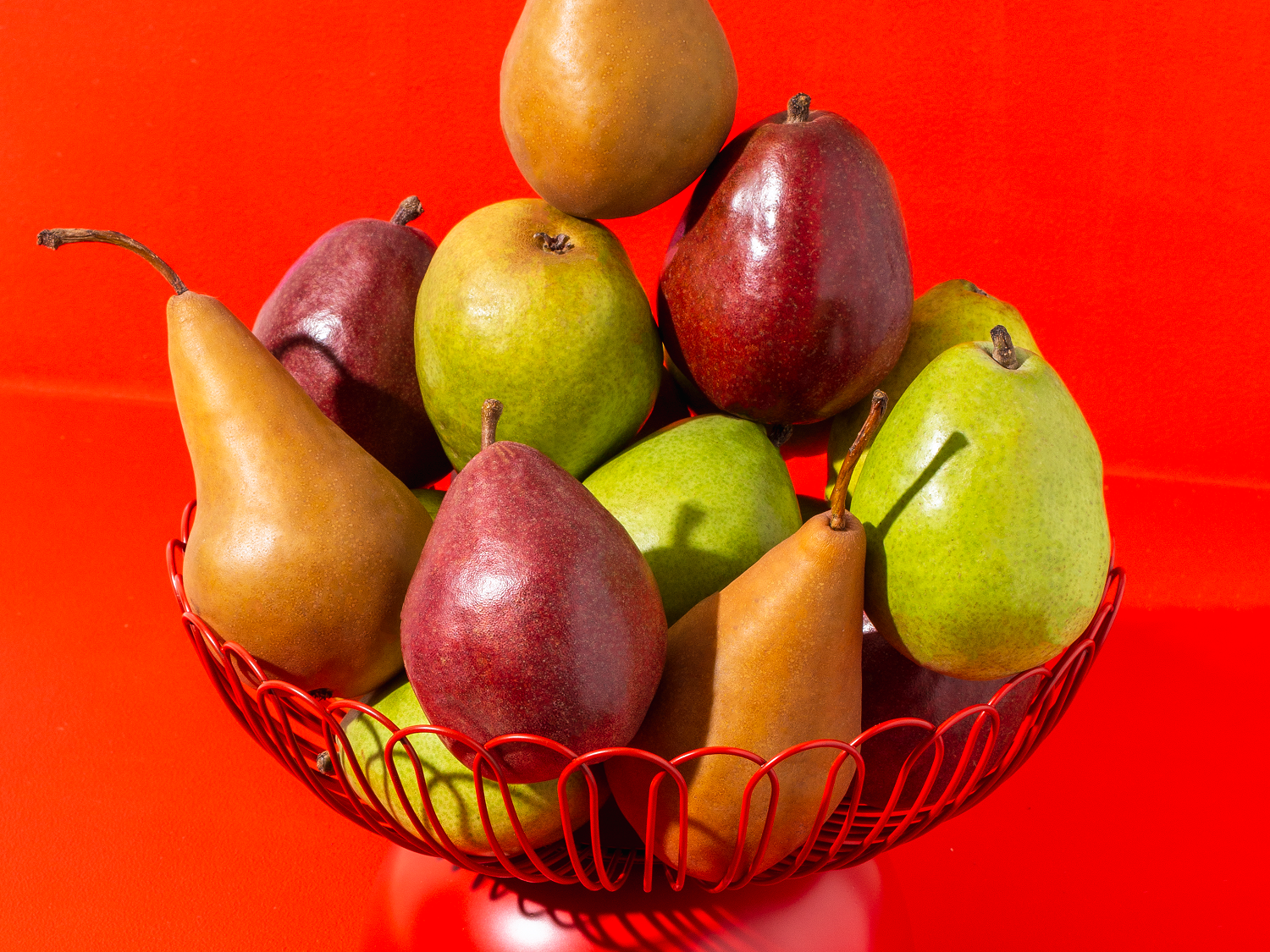We all know that eating well is important when trying to live a healthier lifestyle. Yet, although we understand the benefits of eating more fruits and veggies, many of us don’t put this concept into practice nearly as much as we should.
In fact, it is estimated that only 1 out of 10 Americans eat the recommended amounts of fruits and vegetables, according to the Center for Disease Control and Prevention. And since poor nutrition is linked to outcomes like increased risk of heart disease and type 2 diabetes, making good food choices is key.
Eating fruit every day is one simple way to support overall health. Often rich in nutrients like fiber, vitamin C, and antioxidants, including naturally sweet and satisfying fruit like pears is associated with many positive outcomes like brain health, heart health, gut health, and more. Unfortunately, data suggests that barriers like access to fresh fruit during busy days and difficulty changing dietary habits exists for many people.
If you have the best intentions to eat more fruit, yet it just doesn’t seem to come to fruition for you due to certain barriers, here are three tactics you can do to make your efforts a reality.
1. Keep a fruit bowl in view
Just like how keeping a water bottle at your desk can help you drink more water, keeping a fruit bowl in your view can be a visual cue to remind you to eat more produce. For some people, if fruit is hidden in the back of a refrigerator drawer or behind other food, it can be “out of sight – out of mind.” Over time, having a visual reminder can result in forming a new healthy habit.
When creating your fruit bowl, choose a variety of different fruits that offer an array of colors and flavors – an assortment of Red Anjou, green Bartlett, and golden brown Bosc pears makes an exciting cue that will draw you in every time you pass your bowl.
Pro tip: Leave firm, unripe pears at room temperature so that they can ripen. Check the neck for ripeness daily, by applying gentle pressure to the neck, or stem end of the pear with your thumb. If it yields to pressure, then it’s ripe and ready to eat! Once the pear is ripe, it can be refrigerated to slow the ripening process and saved for use up to five days later.

2. Don’t think of fruit as just a snack
Yes, fruit can be a convenient and portable snack that is loaded with nutrients like fiber and vitamin C. But different fruits can also be a wonderful addition to dishes like pizzas, salads, and even desserts. So, if you fall into the group of people who don’t eat fruit because you are “too busy” during snack time, you can sneak in a serving or two during your meals.
From adding slices to a grilled cheese sandwich to being an ingredient in a killer smoothie, adding pears to your meals can be a simple way to eat more fruit without having to adjust your lifestyle too much.

3. Choose portable fruit and carry it with you when you are on-the-go
Some fruit varieties don’t travel well. Others are perfectly portioned and portable – great for tossing into your bag on the way out the door and enjoying in the car or at work. And as an extra precaution to avoid any bruising while your pear is in transit when you are out and about, a reusable pear packer is a great option.
With 100 calories and 6 grams of fiber, one medium pear is a perfect snack option. Plus, all 10 varieties of USA pears are certified as a heart-healthy food by the American Heart Association’s Heart-Check program.

4. Create satisfying pairings with your other favorite foods.
If you are a cheese lover or a pistachio junkie, keep your favorite noshes in your diet, but pair them with other nutritious options. In fact, combining fruit with foods that contain protein and healthy fats can help people feel satisfied and avoid hunger pangs shortly after snack time.
Pairing cheese, nuts, or other protein and good fat-containing foods with fruits like pears is a nice option to help increase your nutrient intake while fueling your body with sustainable energy. A win-win!
Want more pear recipes? Visit our recipe page!
Make sure to follow USA Pears on Facebook, Twitter and Instagram for all things pears!
Guilt-free snacking!
To Snack or Not to Snack? Intuitive Eating Answers the Question
Intuitive eating is a lifestyle strategy that encourages mindfulness. Here are five of my favorite principles of intuitive eating…
LEARN MORENutritious and Delicious!
EVERYTHING THERE IS TO KNOW ABOUT PEAR NUTRITION
Pears are among the most cultivated and most popular fruits in the world, and not just because they’re delicious. This humble little fruit supports a healthy heart and an active lifestyle, read on to learn why.
LEARN MOREPlant-based is in!
PLANT POWER YOUR EATING
A plant-based diet doesn’t mean that you have to give up meat altogether if you don’t want to; it just means that your diet focuses mostly on plants.
LEARN MORE